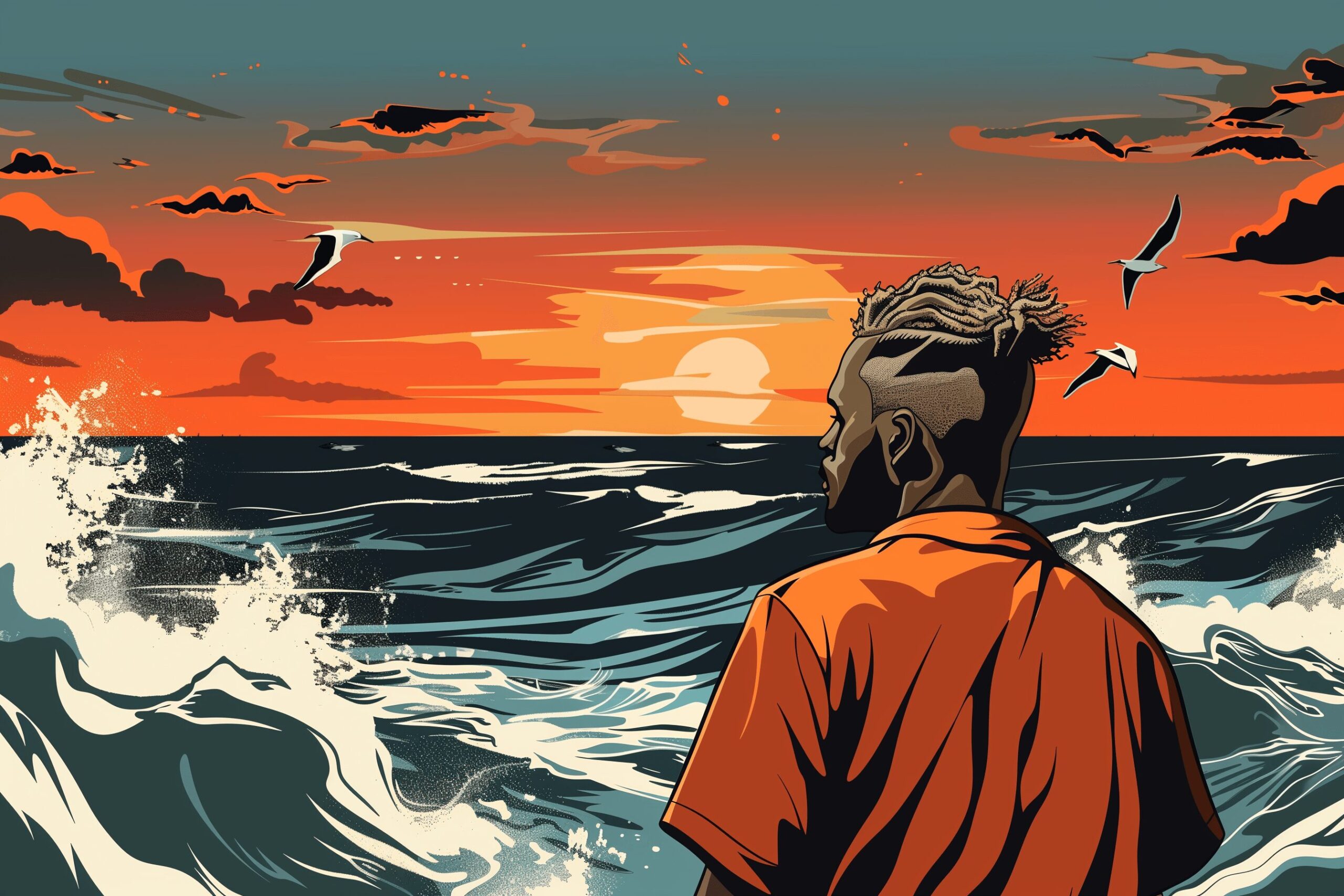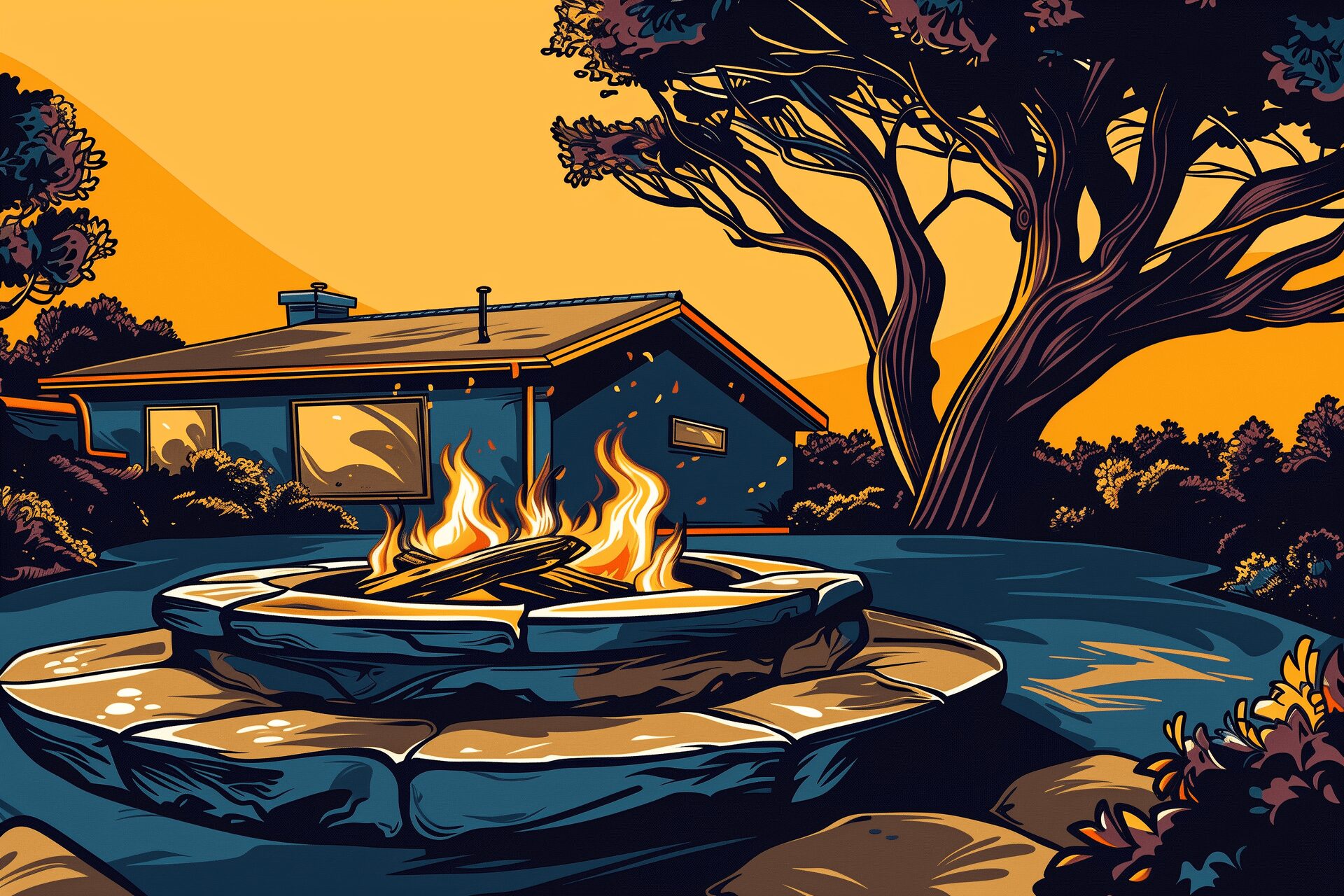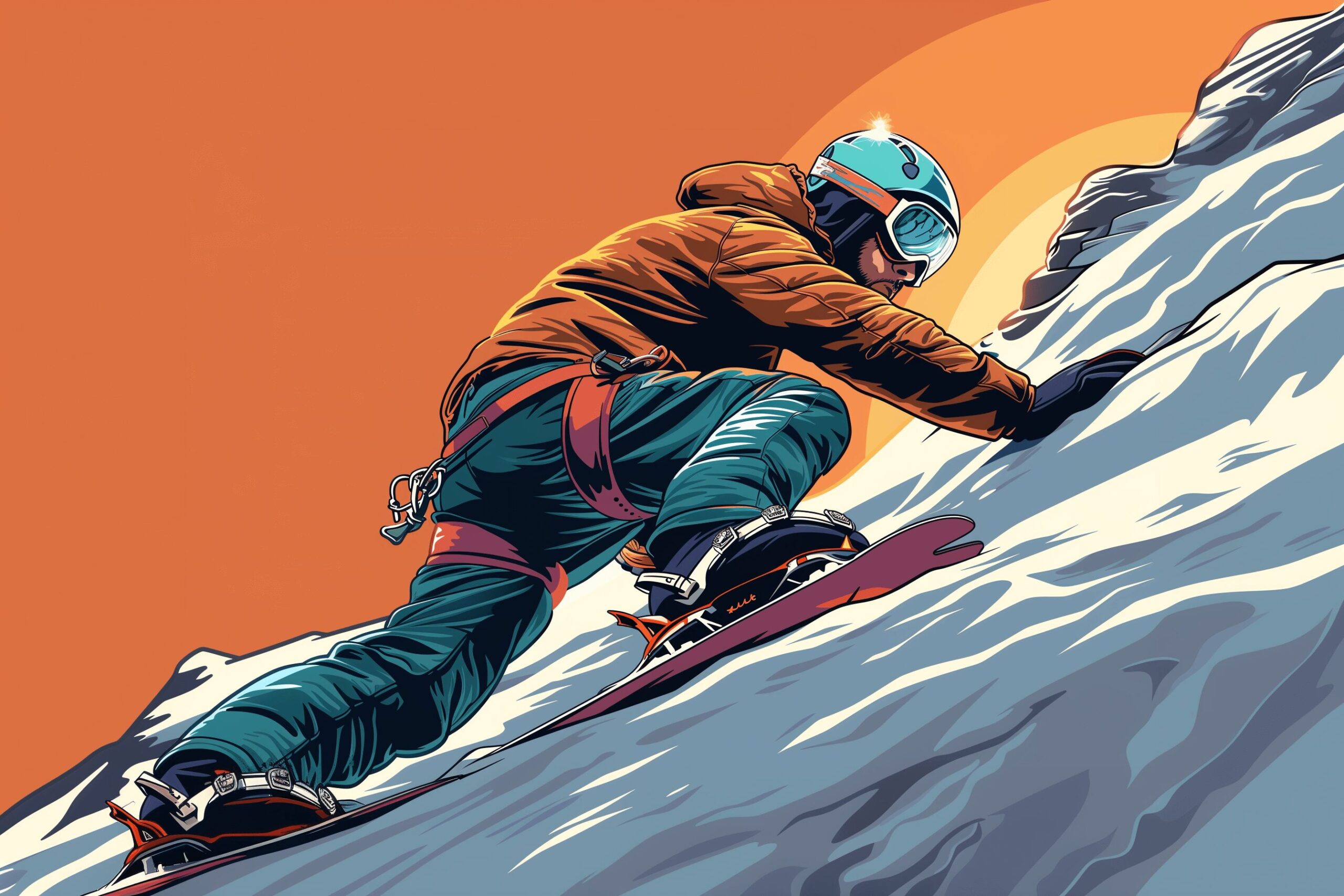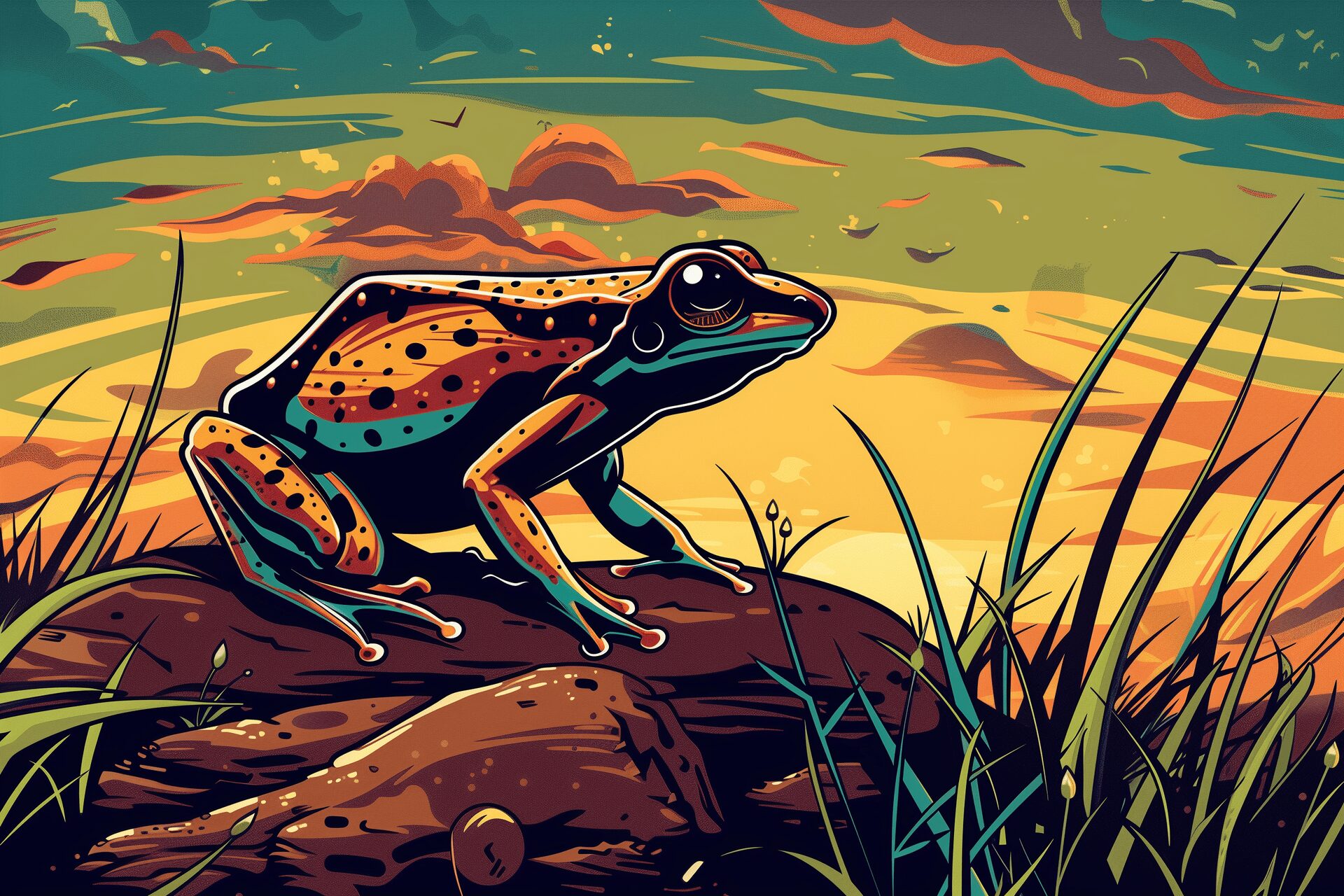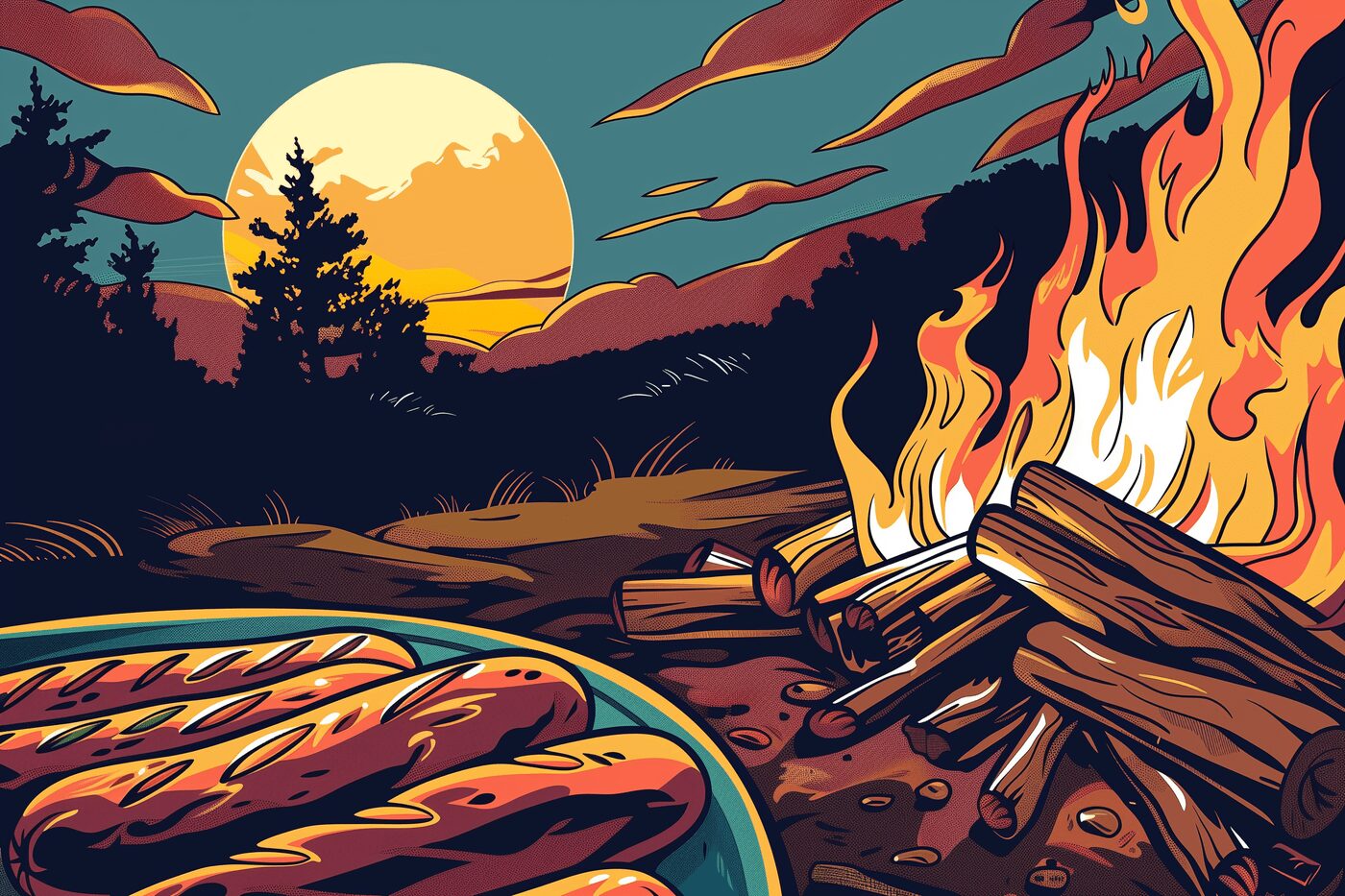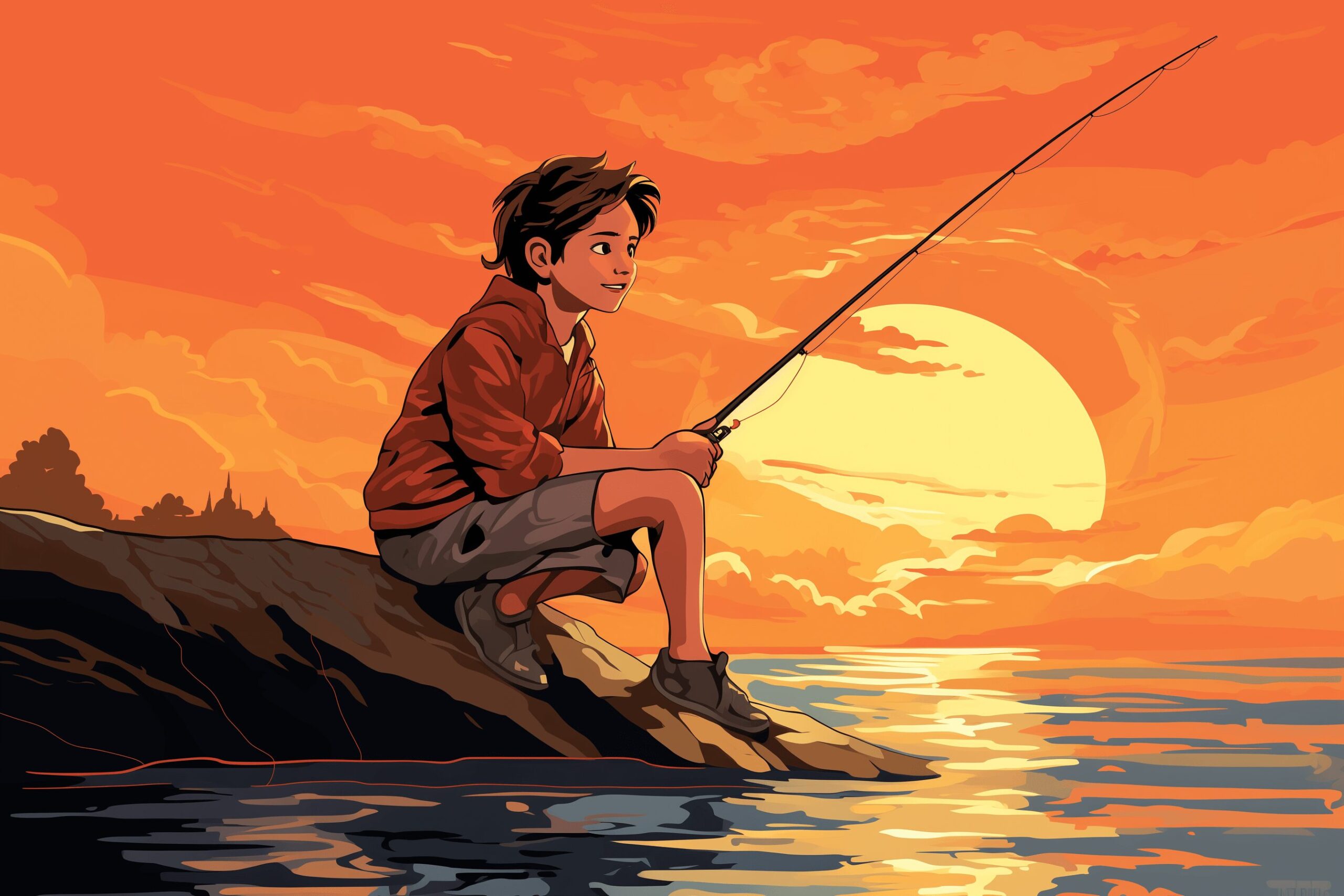What Is Primitive Camping? The Ultimate Guide
Nov 27, 2023
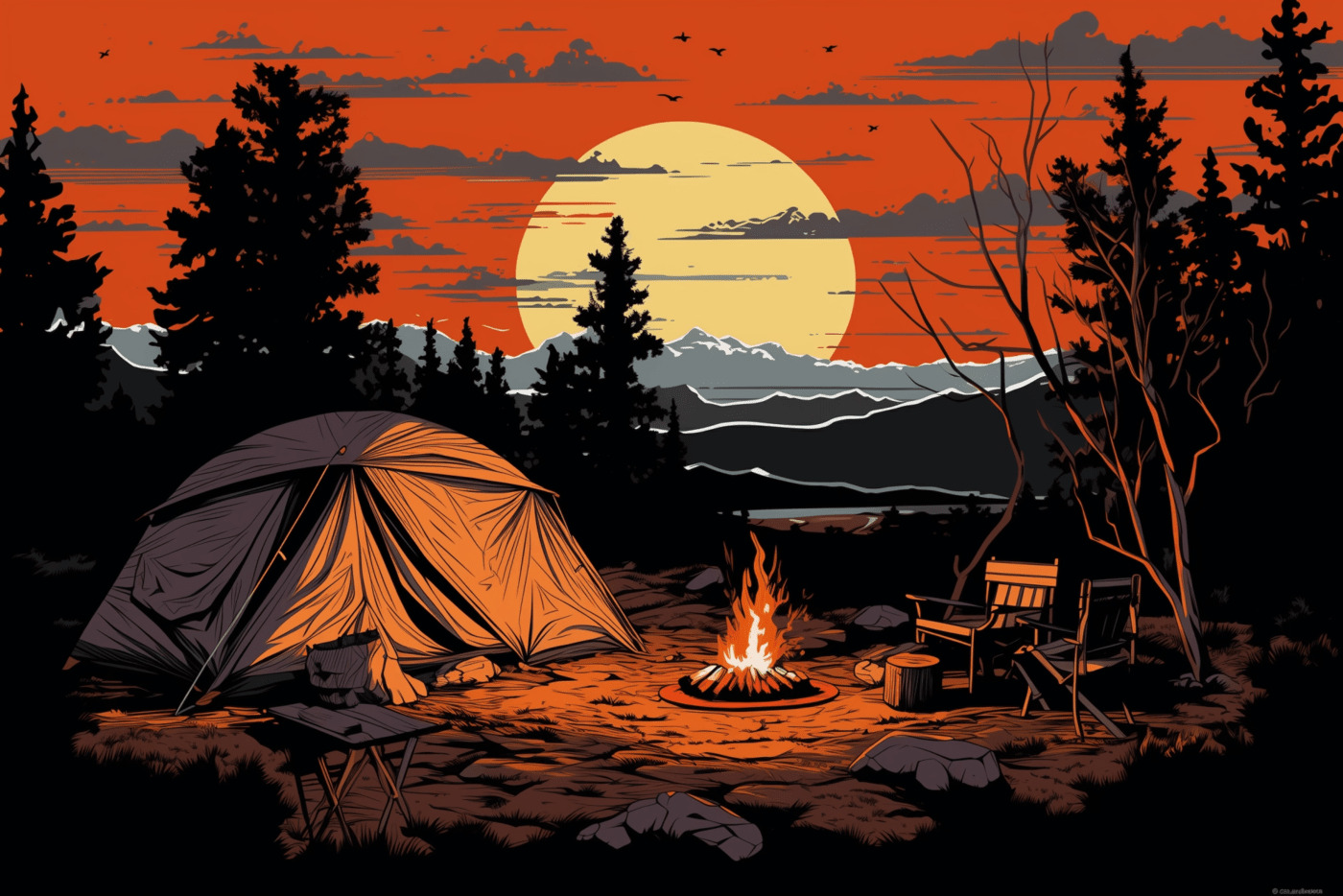
As an Amazon Associate, Modded gets commissions for purchases made through links in this post.
Have you ever wondered how humans lived before cars, electricity and the internet? You can get a reasonable facsimile by heading out primitive camping. This style of recreation might not be the most glamorous, but it’s the perfect way to test your survival skills while acquiring new ones.
Few things beat knowing that you have what it takes to make it in the wilderness. However, it’s nice to know that safety and home are a short drive away, and learning how to prepare for your excursion can keep you safe in the wild. What is primitive camping? Here’s your ultimate guide to this activity, the gear you’ll need, where to find locations and making the most of your trek.
Just How Wild Is Primitive Camping?
The definition of primitive camping varies, depending on who you ask. In general, it refers to sleeping overnight at sites with few to no amenities, meaning no running water, toilet facilities or electrical hookups. It can be as rough as it gets, or you can ease your entry with the right gear and a few outings with an experienced guide to get your bearings.
Many people think of primitive camping as off-grid, and folks venture into the wilds daily to get as far from civilization as possible. However, some established campsites at national parks also offer sites away from the ceaseless hum of RV generators where you can pitch a simple tent. These sites aren’t like a KOA — the only help could be a ranger station miles away. You’ll rarely find more than cleared ground to pitch your tent, occasionally with trash and bear containers.
This activity can reduce you to the primal: what are the basics you need to survive? For example, even the most rugged and minimalist survivalists carry:
- Materials for shelter
- Materials for building fire
- Water and tools for purifying it
The right clothing also protects you, and primitive backpackers can easily carry all the necessities on their backs. It’s a trick worth learning if headed to a national park, as most require permits and restrict you to tents or hammocks — no campers.
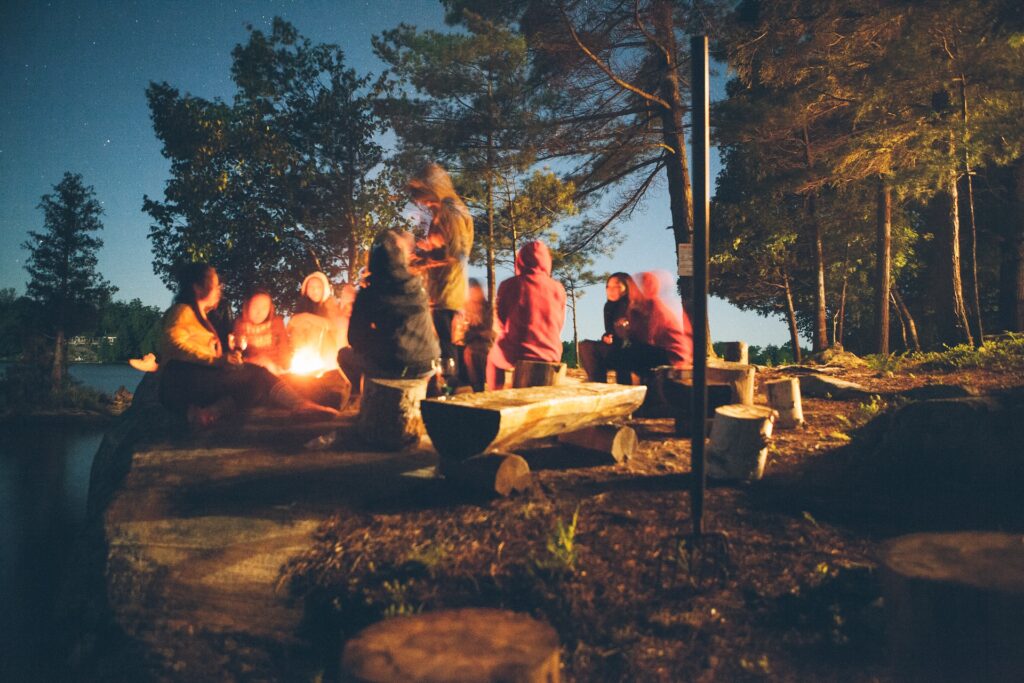
The Minimalist Primitive Camping Gear Guide
The number one rule of primitive camping is to pack out what you pack in. What equipment will you need? Here’s a list of things you must have and some that can make your trip more pleasant.
1. A Backpack or Backframe
First, the obvious: you need a way to carry your gear. You might be walking marathons with this puppy on your back, so make sure it’s comfortable. You’ll need a buddy to measure your torso and hips to determine size. From there, adjust the hip belt and straps to fit your body. Here’s where it pays to visit a retail location over shopping online so that you can test how the device feels, especially if you have back, hip or knee issues.
2. Layered Clothing
Layering clothing means less weight in your backpack. You should arrange yours thus:
- Inner layer: Wicking material like synthetic, wool, silk or bamboo fibers.
- Middle layer: Insulating materials like synthetic fill and fleece.
- Top layer: Your weather break, consisting of water and windproof materials.
3. Shelter
At the bare minimum, you’ll need a bivvy bag to sleep under the stars. Most primitive campers carry tents. The smaller, the better for reducing weight and conserving body heat. Today’s models are easier to erect than ever — many snap into place with no need to wrangle poles. Others use your trekking poles for support, reducing the load you carry.
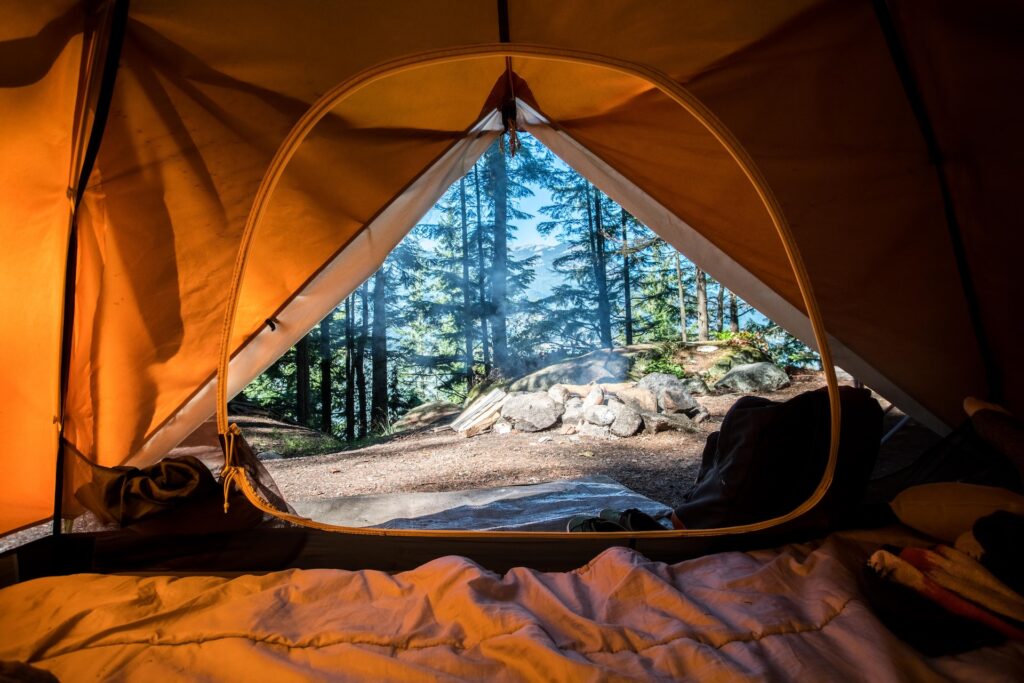
4. Fire-Making Materials
Waterproof matchbook cases and lighters are great, but they don’t always work as intended. Learn how to use a flint and steel and carry one with you. You can often find them at tool and hardware stores for under $5, and they clip to your keychain.
5. Water
Water is a must, and the bare minimum is one gallon per person per day. You might need more if hiking in hot desert climates.
However, water is also heavy. Ensure your backpack allows you to insert a bladder. You should also carry water purification tablets and straws, as they’re much lighter than lugging the liquid stuff.
6. Basic Hygiene and First Aid
You’ll need a way to keep clean — hand sanitizer works if you conserve water in arid climates. Otherwise, use biodegradable soap like castile, keeping it 200 feet away from natural water sources. A first aid kit is a must. Please inspect the contents and ensure you know how to use them before you depart. Both the American Red Cross and the American Heart Association offer first aid courses and getting certified is wise.
7. Food
You shouldn’t fast while engaged in physical activity, so bring along plenty of healthy, nonperishable foods. Many people get by fine for a day or two on trail mix, although a primitive camp stove takes up little room in your pack, and a hot pot of soup tastes divine on chilly days. Keep your food far from your shelter in a bear-safe container when camping in such country.
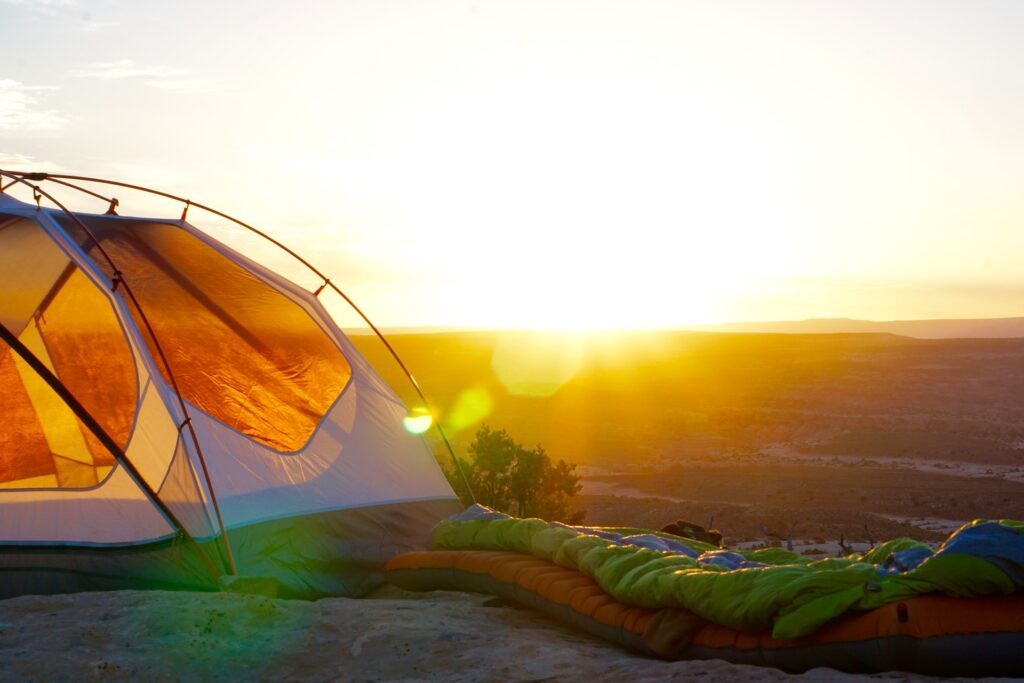
Where and How to Find Primitive Camping Locations
You can find primitive campsites at national parks, although you’ll often have to make reservations to ensure a spot during the hot summer months. For example, Yosemite and Yellowstone see a lot of traffic. Some locations in the Grand Canyon, like Havasu Falls, aren’t always open and may require reservations more than a year in advance.
You can also enjoy primitive camping on BLM land. You’ll find most of this in the western half of the United States. Amenities here may be even more scarce — there’s often not even a bear box, let alone trash or recycling bins. Please remember the cardinal rule and pack out everything you pack in, including wrappers.
What Are the Benefits of Primitive Camping?
The benefits of primitive camping are many. Look at all you can hope to gain by testing your skills in the wild:
- Exercise: Hiking is one of the best forms of cardiovascular training anywhere and setting up camp also burns calories. However, it doesn’t feel like a workout.
- Immunity boosting: Studies on forest bathers show a higher level of specialized cells your body uses to fight germs.
- Gain skills: Can you start a fire with wet wood? In the rain? Once upon a time, human life depended on it — make your ancestors proud.
- Develop agency: Agency is your sense that your actions make a difference, and it’s crucial to good mental health. Testing your skills in the wild is a great way to prove to yourself that you can handle anything.
- Ease depression and anxiety: Simply going outside is a mood-booster. Immersing yourself in nature and relying solely on yourself to survive doesn’t leave much time for ruminating on how bad your life is.
Safety and Primitive Camping
Primitive camping calls your primal soul. However, you have valid concerns about the odds of your 115-pound frame against a bear or a 2-legged menace. Plus, what happens if you fall down a cliff or twist your ankle and can’t walk your way home?
First of all, your biggest safety concern is your health and getting help. You’re more likely to get hurt than run into trouble with critters or humans. Please ensure you leave a flight plan with someone in civilization, including details of where you’re going and when you plan to return. The more quickly they notify authorities, the likelier you are to see rescuers arrive.
You can’t count on phone reception. Your best bet is a satellite communicator. Garmin is widely recognized as reliable, and while even their lowest-priced model will set you back a few hundred dollars, it’s worth it for peace of mind. More advanced models allow two-way messaging with rescuers, alerting them to your location and condition.
Should you carry a firearm? Only if you have trained with it and feel comfortable using it. Otherwise, bear spray is a smart alternative, useful against bruins and delivering a much mightier wallop than your average pepper spray if you encounter other predator types. A knife is smart — not so much for defense as for survival needs, like cutting branches for shelter and creating a basic camp stove out of tin cans.
Your Ultimate Guide to Primitive Camping
Primitive camping gets you into the wild, letting you experience life as your ancestors once did. It’s fantastic for testing your mettle, getting out of toxic headspaces and engaging in healthy recreation that hones your skills. Follow this ultimate guide to get started with this primal sport and embrace your inner Bear Grylls.
